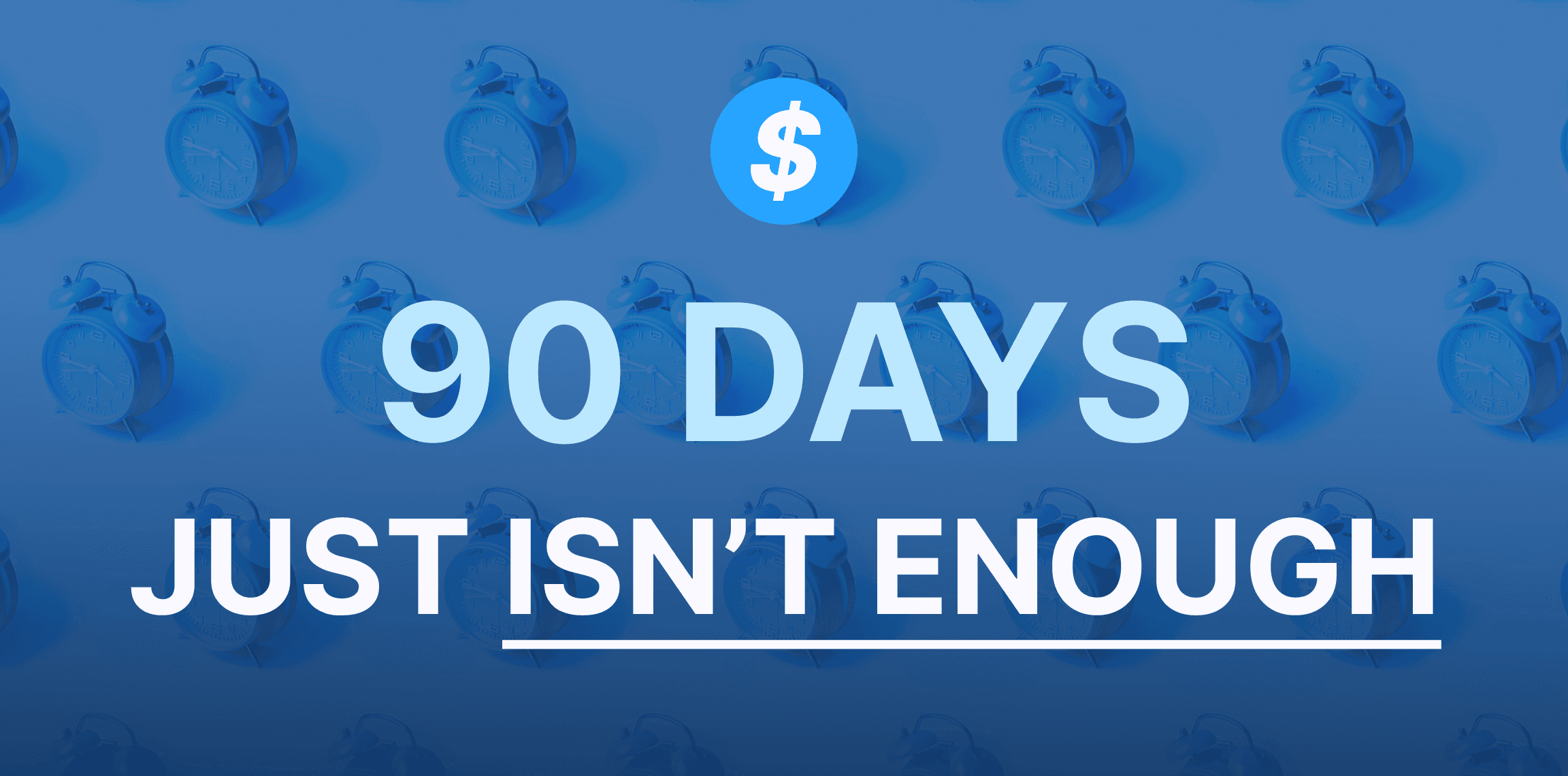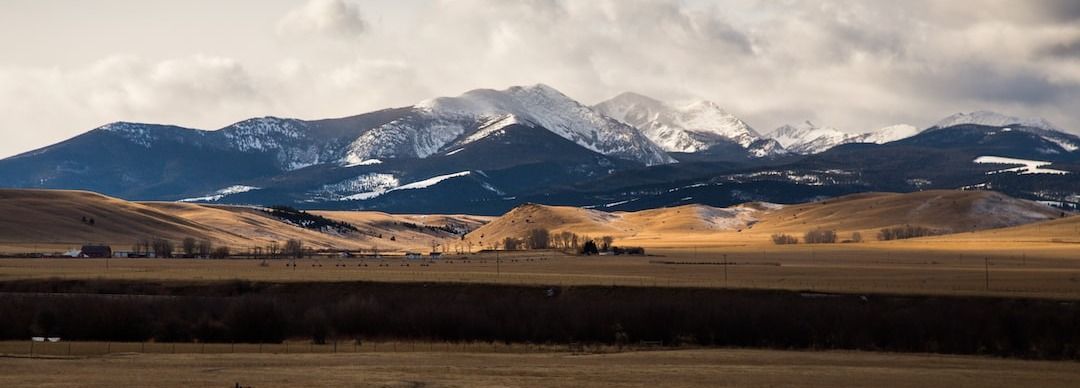Think you can complete your BEAD application in 90 days? Think again.
January 18, 2024
If you're waiting for your state's application, you'll be too late.

Broadband Money is highlighting key concepts outlined in the National Telecommunication and Information Administration's Broadband Equity, Access, and Deployment Notice of Funding Opportunity released on May 13, 2022.
One of the key ways that the Infrastructure, Investment, and Jobs Act differs from prior broadband funding programs is the way the NTIA has designed the challenge process to ensure that local communities' perspectives are taken into account.
These processes happen when broadband providers challenge grant applicants' plans and submissions based upon coverage information or their own plans.
The NTIA said in its NOFO:
Each Eligible Entity shall develop and describe in the Initial Proposal, a transparent, evidence- based, fair, and expeditious challenge process under which a unit of local government, nonprofit organization, or broadband service provider can challenge a determination made by the Eligible Entity in the Initial Proposal as to whether a particular location or community anchor institution within the jurisdiction of the Eligible Entity is eligible for grant funds.
This means that local communities can challenge states, tribal and U.S. territory-level determinations of which areas are served, underserved and unserved as defined by the IIJA. This gives them an unprecedented chance to weigh in where telecom incumbents have traditionally wielded outsize influence.
To do this, local challengers need access to mapping information. Traditionally, the data provided by the Federal Communications Commission has been based upon unverified incumbent data. New maps that the NTIA will use to determine funding formulas are due from the FCC from subcontractor CostQuest this Fall.
Broadband Money's mapping system incorporates data from several sources of on-the-ground truth. This data includes internet connectivity speed tests from multiple providers that include MLab and Ookla, which serve as a points of verification. It also includes and compares that data to the FCC's 477 form data.
The BEAD NOFO's challenge process is structured to take place immediately following the filing of the initial proposal and before the subgrantee selection process begins.
A funding state or territory can face multiple challenges regarding the classification of various areas and institutions and must resolve each challenge independently.
Once a state, tribal area or territory resolves all its challenges, it must provide a public notice of the final classification of each area or institution, officially establishing whether they are served, underserved, or unserved. This step must take place at least 60 days prior to the dispersal of funding.
State or territories must inform the NTIA of any changes it makes to its initial proposal based on the challenges it receives, but the NTIA also reserves the right to reverse any determinations that the state or territories make.
This is the second of a series of brief blog posts that examine key concepts in the NTIA's BEAD NOFO.

January 18, 2024
If you're waiting for your state's application, you'll be too late.

January 09, 2024
The big sky state joins a small list of eligible entities that have kicked off their broadband challenge process.